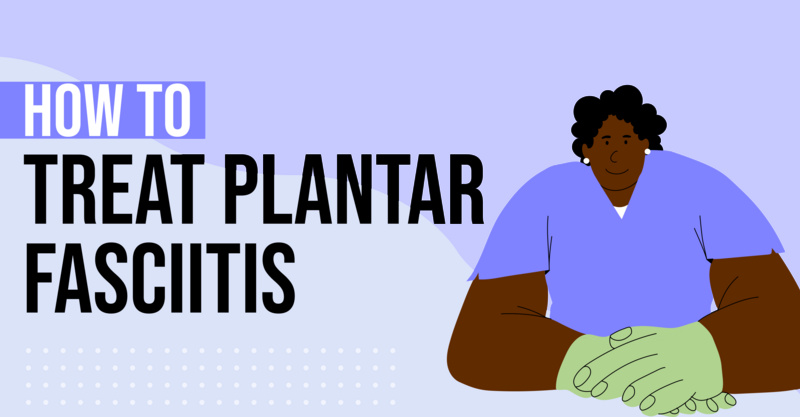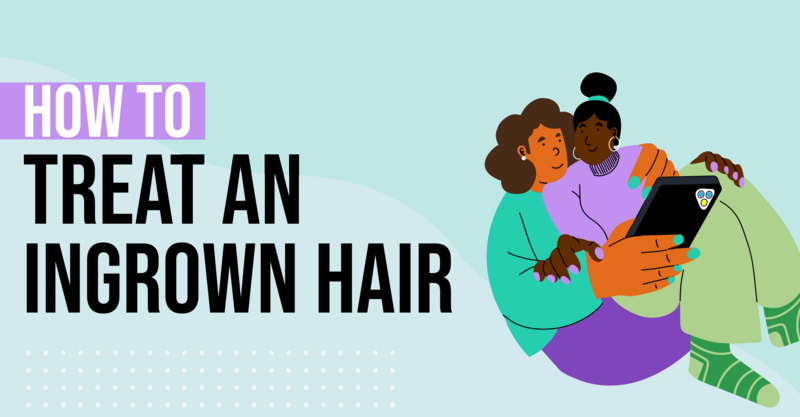Key Points
- The article provides a detailed guide on managing ingrown toenails, a common condition causing pain and swelling due to the toenail growing into the surrounding skin.
- Several home remedies are suggested, such as soaking the foot in warm water, lifting the nail with a cotton ball or dental floss, using a toe protector, taking over-the-counter pain relief, and considering doctor-assisted partial nail removal if the condition worsens.
- The article emphasizes the need to seek medical attention in certain situations, particularly for individuals with diabetes or poor circulation.
- Proper toenail trimming techniques and the right footwear are crucial in preventing ingrown toenails.
- Regular foot inspection is highly recommended, especially for those with diabetes.
An ingrown toenail happens when the edge of your toenail grows into the skin surrounding it. This causes redness, swelling, and in some cases a painful tenderness that can make it difficult to walk, according to the Mayo Clinic. While it's a relatively common condition, according to the Mayo Clinic, it's important to understand how to treat it properly to prevent infection and further complications.
There are several things you can do at home for an ingrown toenail—including things that will help relieve tenderness, minimize swelling, and even resolve the ingrown toenail entirely.
At-Home Remedies for Ingrown Toenails
1. Soaking in Warm Water
Soaking your foot in warm water can help to reduce swelling and ease pain caused by an ingrown toenail, according to Healthline. To do this, Healthline recommends that you fill a basin with warm water and soak your foot for 15-20 minutes, 2-3 times a day. You can add Epsom salt to the water for added relief, they note.
2. Using a Cotton Ball or Dental Floss to Lift the Nail
Lifting the ingrowing edge of the nail is the best way to relieve pain and pressure, according to the Mayo Clinic. To do this, the Mayo Clinic recommends using a small piece of cotton ball, dental floss, or a splint under it. This will also help the nail grow above the skin edge and may help to resolve further ingrown toenails. The Mayo Clinic notes that you should soak your foot and replace the material daily if you opt for this home treatment. This technique takes around 2 to 12 weeks to improve an ingrown toenail, according to the Mayo Clinic.
3. Using a Toe Protector or Toe Brace
Toe protectors and toe braces can be purchased at most retail pharmacies, according to Healthline. These devices can help to cushion the affected toe and prevent further irritation. Toe braces can also help to lift the nail and prevent it from growing into the skin.
4. Taking over-the-counter Pain Relief
Over-the-counter pain relievers such as ibuprofen and acetaminophen can help to reduce pain and inflammation associated with an ingrown toenail, according to Healthline. They note that you should follow the dosage instructions on the package and consult with your doctor if you have any concerns.
5. Consider Partial Nail Removal
If your ingrown toenail is quite painful or does not respond to at-home remedies, you may need to have the nail removed by a doctor, according to the Mayo Clinic. This procedure is typically done in a doctor’s office under local anesthesia and involves removing the portion of the nail that is causing the problem.
When to see a Doctor for an Ingrown Toenail
Ingrown toenails may cause serious complications in some people, according to Healthline. They note that you should see a doctor if you have an ingrown toenail and you have diabetes or another condition that causes poor circulation
Additionally, Healthline recommends that you should also see a doctor if:
- Your pain and swelling are severe
- Home remedies don’t improve the condition within a few weeks
- You have an allergic skin reaction to a home remedy
- You have signs of an infection like redness, severe pain, and pus oozing from the area of the ingrown toenail
How to Prevent Ingrown Toenails
Ingrown toenails can be a painful and bothersome condition. Fortunately, there are several things you can do to prevent them from occurring.
1. Use Good Toenail Trimming Techniques
One of the most important things you can do to prevent ingrown toenails is to trim your nails properly, according to the Mayo Clinic. They recommend that you keep the following tips in mind when it comes to cutting your toenails:
- Cut your toenails straight across, rather than rounding the corners
- Trim your toenails so that they’re even with the tips of your toes
2. Choose Footwear That Reduces Pressure on Toes
Wearing tight or ill-fitting shoes can put pressure on your toes and increase the risk of ingrown toenails, according to the Mayo Clinic. When choosing footwear, they recommend that you look for shoes that are roomy enough to allow your toes to move freely. Additionally, they note that you should avoid high heels and pointed-toe shoes, as these can also increase pressure on your toes.
4. Keep an Eye on Your Feet
Regularly inspecting your feet can help you catch ingrown toenails early, according to the Mayo Clinic. They recommend that you check your toenails and the skin around them every day if you have diabetes.
Recap of Home Treatments for Ingrown Toenails
Good nail-trimming techniques and wearing good-fitting shoes can help you avoid ingrown toenails—but if you find yourself dealing with an ingrown toenail anyway, you should keep the following things in mind:
- Soaking your feet in warm water can help to soften the skin around the ingrown nail, making it easier to lift the nail out.
- You can lift the ingrown toenail with a small piece of cotton, some dental floss, or over-the-counter ingrown toenail devices.
- Use over-the-counter pain medication like acetaminophen if you need to.
- Consider having a doctor remove part of your toenail if your ingrown toenail is not getting better with home treatments.
- If you have diabetes, you should keep an extra eye on your feet for any feet-related problems, including ingrown toenails.
Frequently asked questions
What is an ingrown toenail?
An ingrown toenail is a condition where the edge of the toenail grows into the surrounding skin, causing pain and swelling.What are some home remedies for ingrown toenails?
Home remedies include soaking the foot in warm water, lifting the nail with a cotton ball or dental floss, using a toe protector, and taking over-the-counter pain relief.When should I seek medical attention for an ingrown toenail?
You should seek medical attention if the condition doesn't improve or if you have diabetes or poor circulation, as these factors can complicate the condition.Can partial nail removal help with ingrown toenails?
Yes, if the condition worsens and home remedies aren't effective, a doctor may suggest partial nail removal.How can I prevent ingrown toenails?
Proper toenail trimming techniques and choosing the right footwear can help prevent ingrown toenails.Is regular foot inspection necessary?
Yes, regular foot inspection is recommended, particularly for those with diabetes, as they are at a higher risk of complications.What role does footwear play in preventing ingrown toenails?
The right footwear can prevent unnecessary pressure on the toes, which can lead to ingrown toenails.Can over-the-counter pain relief help with ingrown toenails?
Yes, over-the-counter pain relief can help manage the pain and swelling associated with ingrown toenails.
Solv has strict sourcing guidelines and relies on peer-reviewed studies, academic research institutions, and medical associations. We avoid using tertiary references.


 LinkedIn
LinkedIn










